1. Angelos P. Ethics and surgical innovation: challenges to the professionalism of surgeons. Int J Surg. 2013; 11(Suppl 1):S2–S5. PMID:
24380544.

2. Jones B. Legal aspects of consent. BJU Int. 2000; 86:275–279. PMID:
10930931.

3. Pape T. Legal and ethical considerations of informed consent. AORN J. 1997; 65:1122–1127. PMID:
9187459.

4. Son H, Song SH, Paick JS. Current laser treatments for benign prostatic hyperplasia. Korean J Urol. 2010; 51:737–744. PMID:
21165192.

5. Lusuardi L, Hruby S, Janetschek G. New emerging technologies in benign prostatic hyperplasia. Curr Opin Urol. 2013; 23:25–29. PMID:
23138466.

6. Issa MM, Setzer E, Charaf C, Webb AL, Derico R, Kimberl IJ, et al. Informed versus uninformed consent for prostate surgery: the value of electronic consents. J Urol. 2006; 176:694–699. PMID:
16813921.

7. Mulsow JJ, Feeley TM, Tierney S. Beyond consent--improving understanding in surgical patients. Am J Surg. 2012; 203:112–120. PMID:
21641573.

8. Uzzaman MM, Tayeh S, Sinha S, Ratnasingham K, Stoker DL. Consenting practice for laparoscopic cholecystectomy -are we doing enough to warn patients about their operation? Int J Surg. 2011; 9:643–647. PMID:
21945868.
9. Masood J, Hafeez A, Wiseman O, Hill JT. Informed consent: are we deluding ourselves? A randomized controlled study. BJU Int. 2007; 99:4–5. PMID:
17227486.

10. Fink AS, Prochazka AV, Henderson WG, Bartenfeld D, Nyirenda C, Webb A, et al. Predictors of comprehension during surgical informed consent. J Am Coll Surg. 2010; 210:919–926. PMID:
20510800.

11. Bollschweiler E, Apitzsch J, Obliers R, Koerfer A, Mönig SP, Metzger R, et al. Improving informed consent of surgical patients using a multimedia-based program? Results of a prospective randomized multicenter study of patients before cholecystectomy. Ann Surg. 2008; 248:205–211. PMID:
18650629.
12. Stergiopoulou A, Birbas K, Katostaras T, Mantas J. The effect of interactive multimedia on preoperative knowledge and postoperative recovery of patients undergoing laparoscopic cholecystectomy. Methods Inf Med. 2007; 46:406–409. PMID:
17694232.

13. Wilhelm D, Gillen S, Wirnhier H, Kranzfelder M, Schneider A, Schmidt A, et al. Extended preoperative patient education using a multimedia DVD-impact on patients receiving a laparoscopic cholecystectomy: a randomised controlled trial. Langenbecks Arch Surg. 2009; 394:227–233. PMID:
19151995.

14. Eggers C, Obliers R, Koerfer A, Thomas W, Koehle K, Hoelscher AH, et al. A multimedia tool for the informed consent of patients prior to gastric banding. Obesity (Silver Spring). 2007; 15:2866–2873. PMID:
18070779.

15. Rossi M, McClellan R, Chou L, Davis K. Informed consent for ankle fracture surgery: patient comprehension of verbal and videotaped information. Foot Ankle Int. 2004; 25:756–762. PMID:
15566709.

16. Rossi MJ, Guttmann D, MacLennan MJ, Lubowitz JH. Video informed consent improves knee arthroscopy patient comprehension. Arthroscopy. 2005; 21:739–743. PMID:
15944633.

17. Luck A, Pearson S, Maddern G, Hewett P. Effects of video information on precolonoscopy anxiety and knowledge: a randomised trial. Lancet. 1999; 354:2032–2035. PMID:
10636368.

18. Danino AM, Chahraoui K, Frachebois L, Jebrane A, Moutel G, Herve C, et al. Effects of an informational CD-ROM on anxiety and knowledge before aesthetic surgery: a randomised trial. Br J Plast Surg. 2005; 58:379–383. PMID:
15780234.

19. Keulers BJ, Welters CF, Spauwen PH, Houpt P. Can face-to-face patient education be replaced by computer-based patient education? A randomised trial. Patient Educ Couns. 2007; 67:176–182. PMID:
17448621.

20. Fagerlin A, Rovner D, Stableford S, Jentoft C, Wei JT, Holmes-Rovner M. Patient education materials about the treatment of early-stage prostate cancer: a critical review. Ann Intern Med. 2004; 140:721–728. PMID:
15126256.

21. Isebaert S, Van Audenhove C, Haustermans K, Junius S, Joniau S, De Ridder K, et al. Evaluating a decision aid for patients with localized prostate cancer in clinical practice. Urol Int. 2008; 81:383–388. PMID:
19077396.

22. Roehrborn CG. The epidemiology of acute urinary retention in benign prostatic hyperplasia. Rev Urol. 2001; 3:187–192. PMID:
16985717.
23. Bosch JL, Kranse R, van Mastrigt R, Schröder FH. Reasons for the weak correlation between prostate volume and urethral resistance parameters in patients with prostatism. J Urol. 1995; 153:689–693. PMID:
7532234.

24. Han DH, Choo SH, Chung JW, Hong JH, Lee SW. Can 80 W KTP laser vaporization effectively relieve the obstruction in benign prostatic hyperplasia?: a nonrandomized trial. World J Mens Health. 2012; 30:160–165. PMID:
23596606.

25. Parsons JK, Carter HB, Partin AW, Windham BG, Metter EJ, Ferrucci L, et al. Metabolic factors associated with benign prostatic hyperplasia. J Clin Endocrinol Metab. 2006; 91:2562–2568. PMID:
16608892.

26. McVary KT, Roehrborn CG, Avins AL, Barry MJ, Bruskewitz RC, Donnell RF, et al. Update on AUA guideline on the management of benign prostatic hyperplasia. J Urol. 2011; 185:1793–1803. PMID:
21420124.

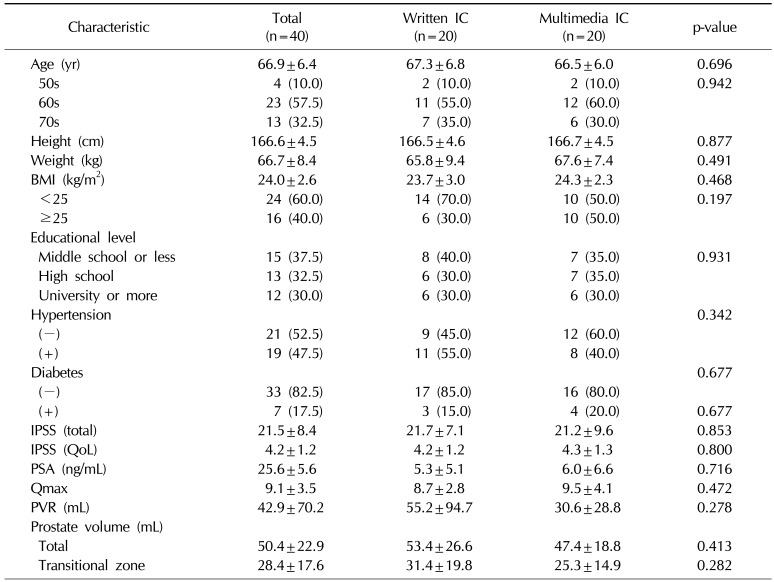
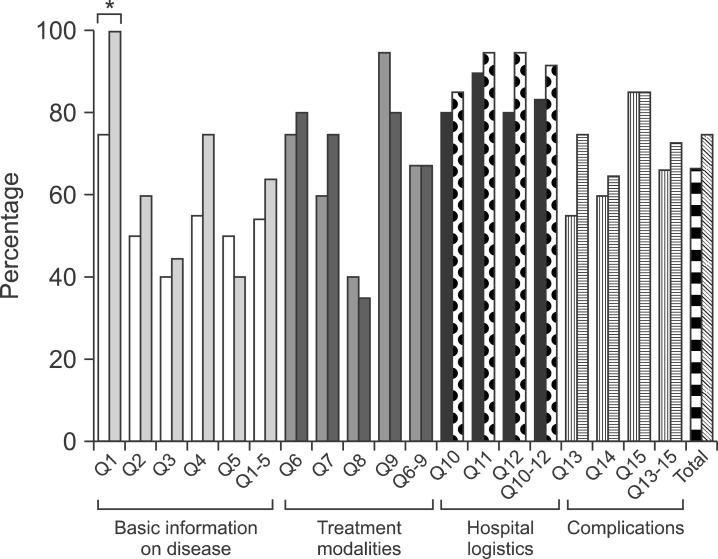

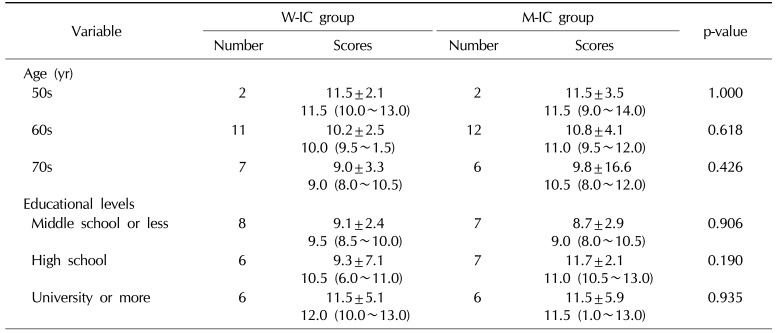
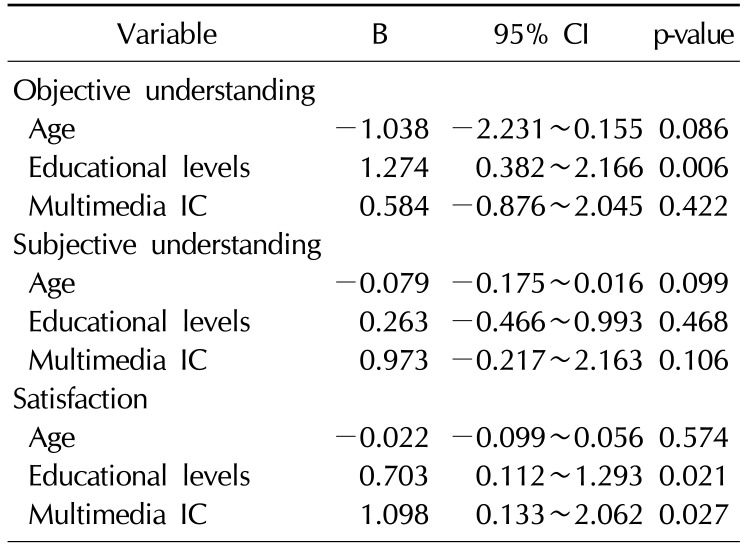




 PDF
PDF ePub
ePub Citation
Citation Print
Print


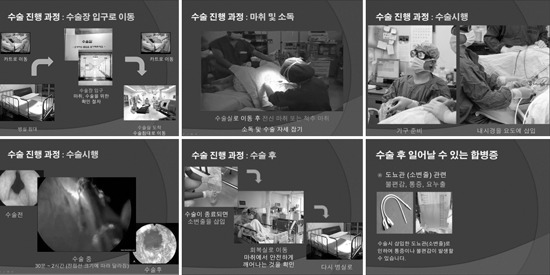
 XML Download
XML Download